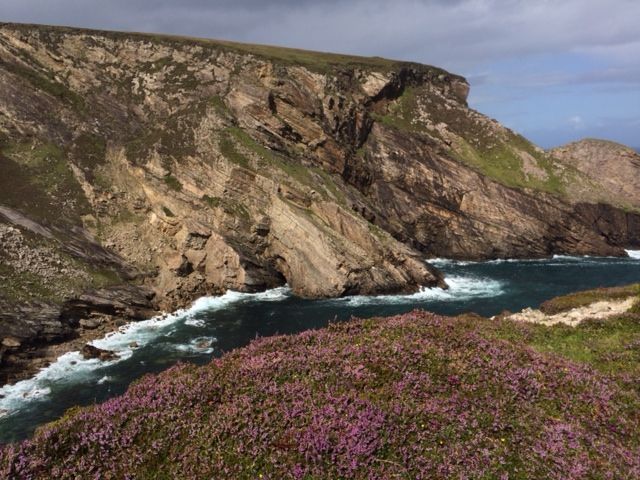My professional background is in ornithology, and although I am doing very little of this now, it is easy to pique my interest again. So the visit to the far north-west corner of Mayo to see Twite, one of Ireland’s rarest breeding songbirds, was a special treat for me.
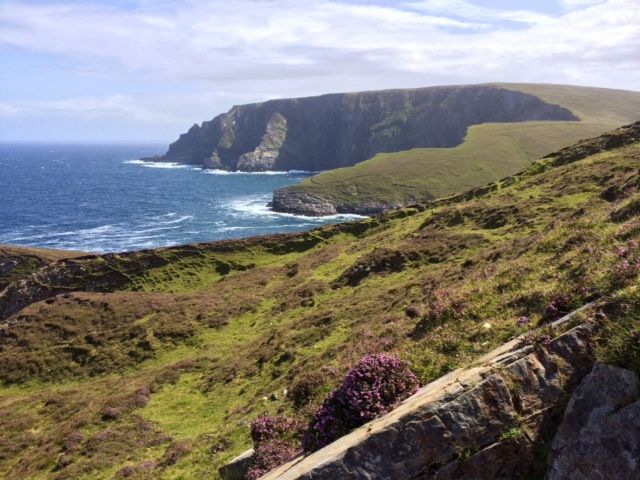
Portacloy isn’t so much a village as an Irish ‘baile‘, a collection of about 20 houses on a hillside facing the wild Atlantic. It is hard to identify anywhere else in Ireland so far off the beaten track, for getting here involves travelling over many miles of largely featureless blanket bog. But it is a beautifully atmospheric baile, set between two rugged heather-covered headlands overlooking a golden beach. And it is here along the precipitous cliffs that Twite, a small dainty finch, finds breeding conditions to their liking.
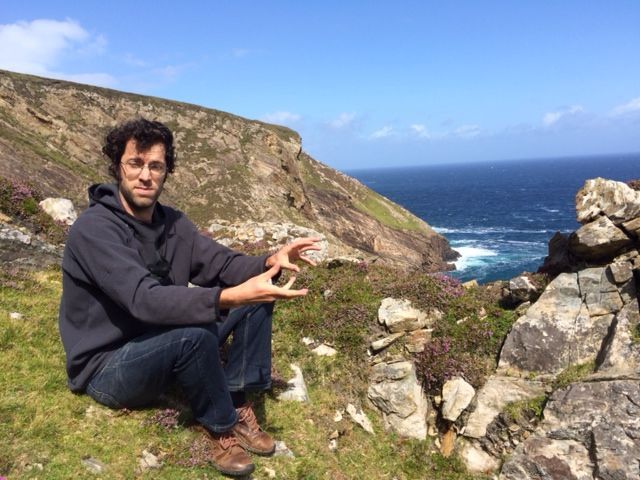
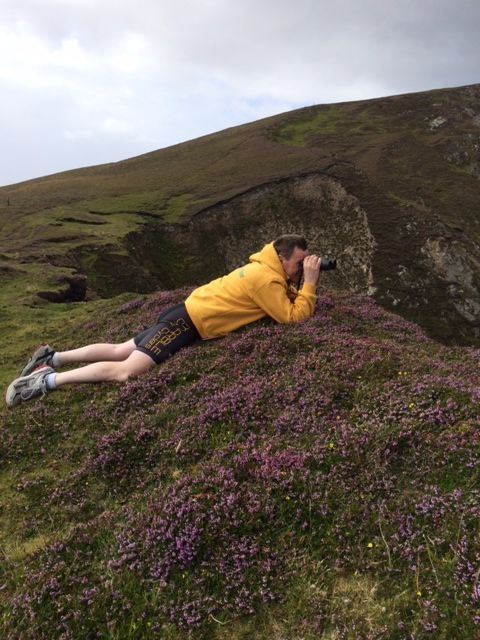
At one time, not too long ago, Twite would have bred almost along the entire Irish coast, but numbers declined so much that today, only about 75 breeding pairs remain in Ireland. This is a frighteningly small population of a bird whose ecological requirements are now known, thanks to the meticulous research carried out by Derek McLoughlin, in very demanding terrain. The key to the survival of these finches is having suitable nesting habitat close to disturbed ground containing a variety of plants with tiny seed for them to feed. They are semi-territorial, best described by Alex Copland as like ‘ribbon-development’ not ‘housing estate’- for they like their own living space but head off together to feed on weedy ground or roadside verges. The nest is built in a tuft of heather, over an outcrop, to provide protection from land predators. But where the problem lies is that Twite need to have an abundant supply of tiny seeds throughout the year on which to feed. In winter it will scavenge for seeds along the shoreline, but once back on its breeding ground it needs rich feeding to help it get in condition to breed successfully. Plants like dandelion, thistle, sorrel, self-heal, hawkbits, chickweed etc. are ideal, all plants that thrive when small patches of land were tilled, but that are becoming less abundant adjacent to coastlines.
But Portacloy is Twite capital of Ireland, and here they are doing well. The couple of hours we spent there with Derek McLoughlin, sitting on the heather-clad headland and watching them fly overhead with their distinctive nasal ‘tweeht‘ was pure magic.
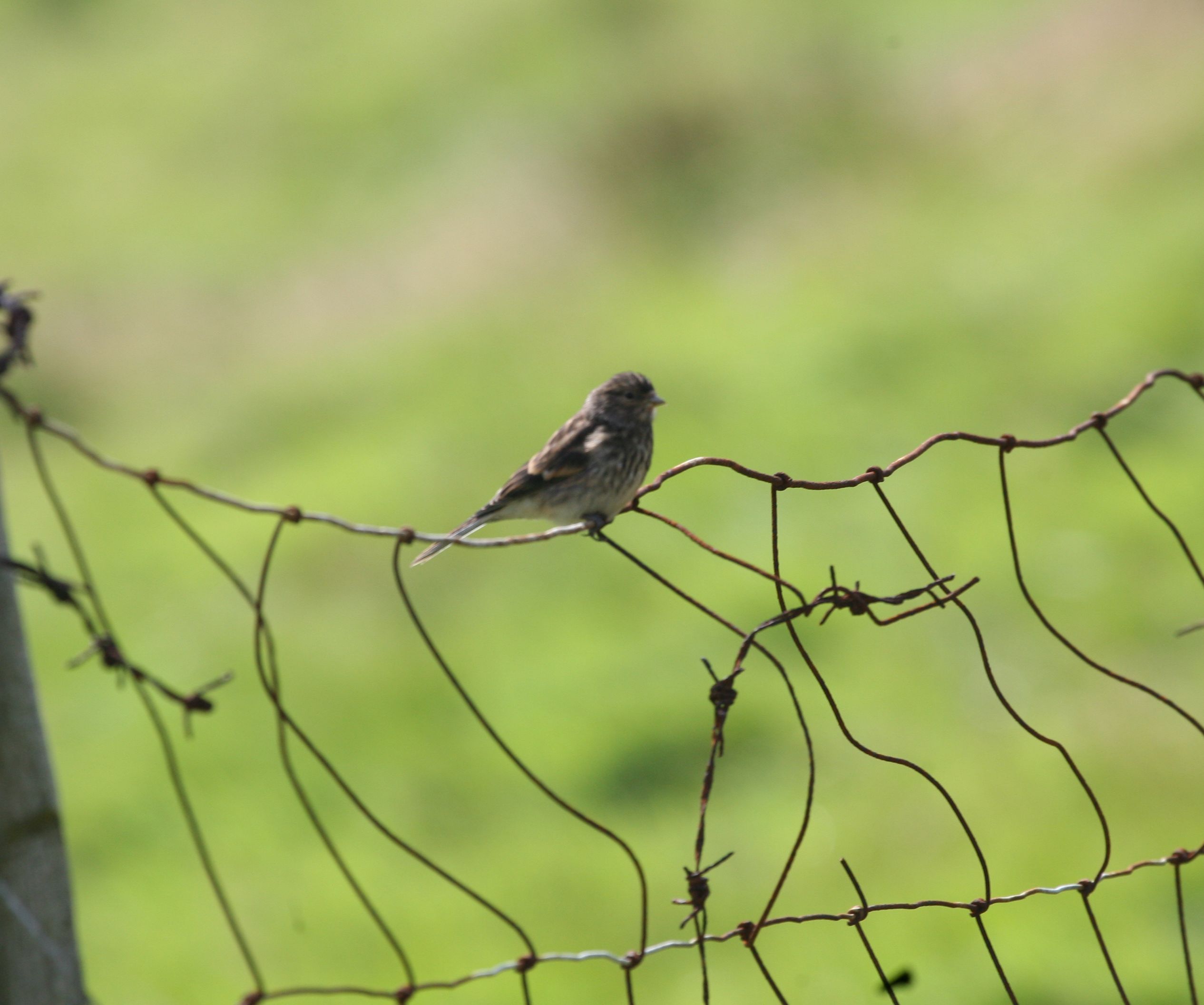
Derek appreciates how special this vignette of ecology is, so he has developed an education programme with the local national schools, building on the existing curriculum. He believes that we need to make the next generation aware of their special natural surroundings, so that when they grow up and make decisions, at least they are informed decisions. And the good news is that under the new Rural Development Plan a specific agri-environment measure is to be introduced to encourage farmers to do positive management for Twite. Lets hope the authorities listen to Derek’s advice and the scheme is a success – the vulnerable Twite need this.
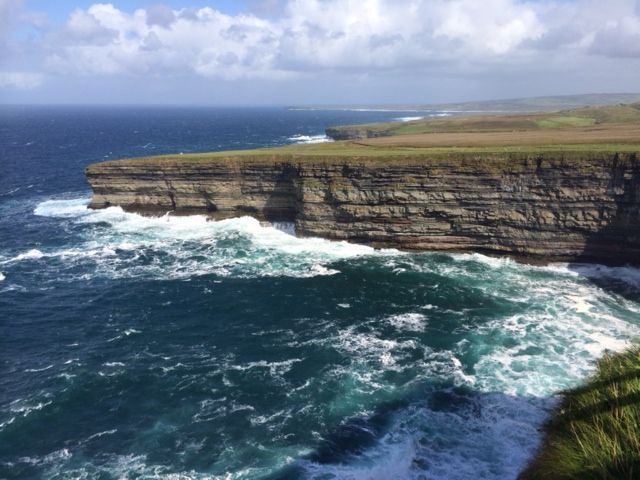
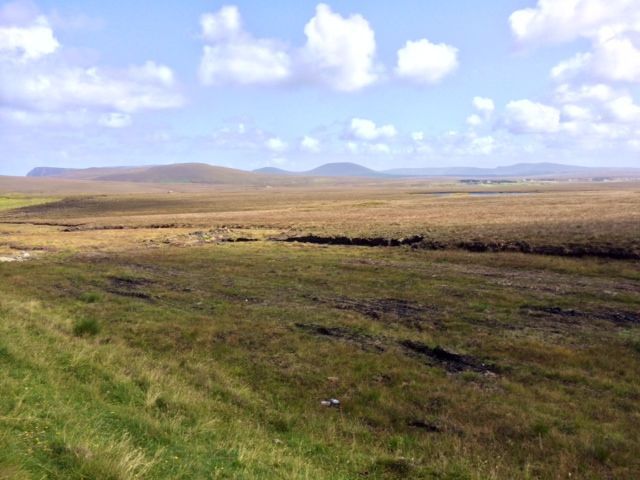
It was difficult for us to tear ourselves away from this magical world, but a longish spin to Sligo still remained to be done. Alex Copland and I hauled our weary legs back on the bikes and headed east, across the wonderfully dramatic north Mayo coastline to Ballina. From there, the landscape mellowed and became greener, but not necessarily any easier for cycling on the undulating ground. Sligo was a welcomed sight, with the added benefit of wonderful music for the last night of the Fleadh Cheoil.

